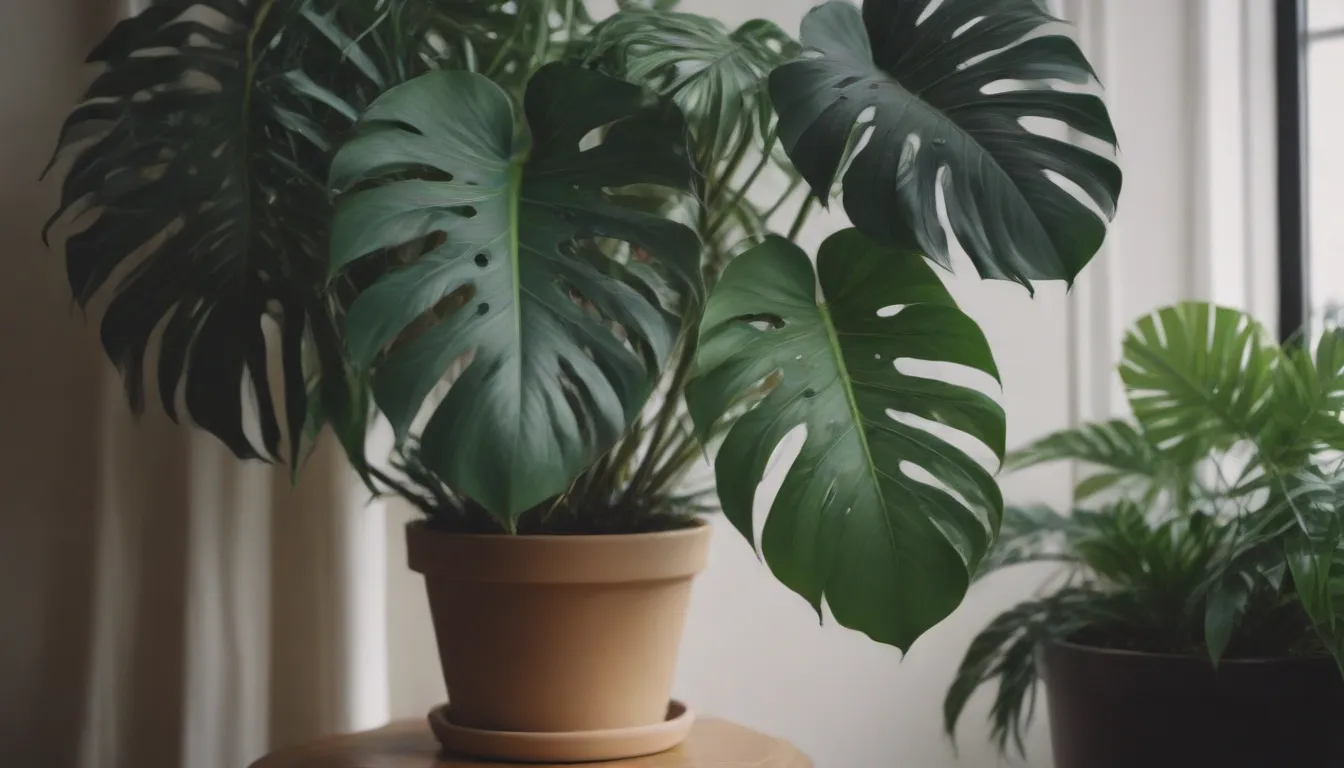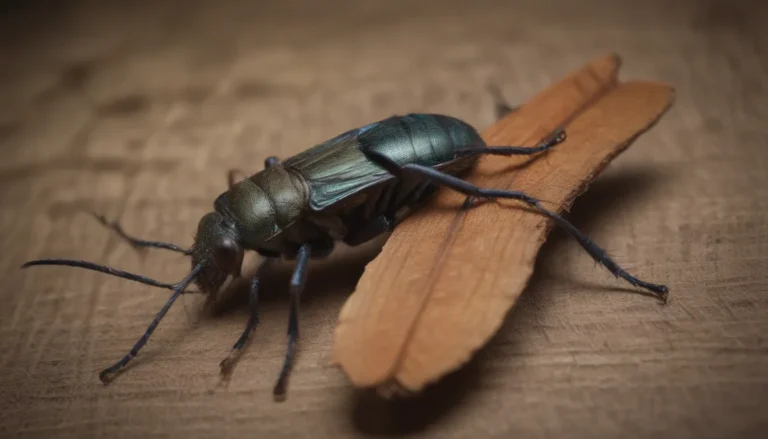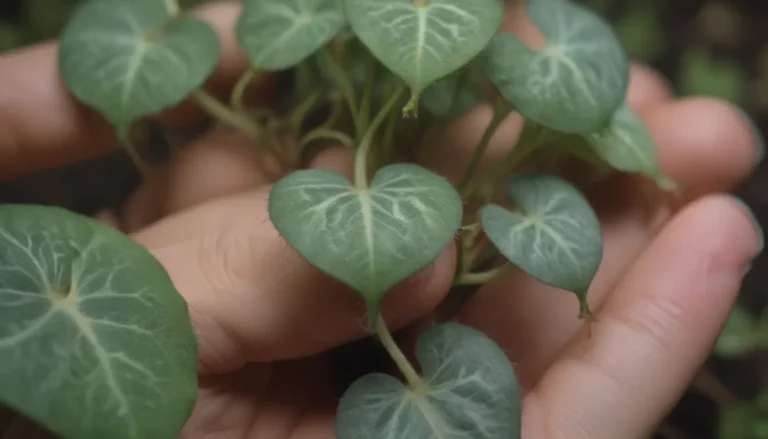The Ultimate Guide to Growing and Caring for Monstera Esqueleto

Welcome to the world of houseplants, where monsteras reign supreme! You may be familiar with the popular monstera varieties like the deliciosa and adansonii, but have you heard of the stunning monstera esqueleto? This rare and highly sought-after monstera features gigantic fenestrated leaves, making it a standout addition to any plant collection.
Despite its rarity, the monstera esqueleto is surprisingly easy to care for indoors, especially if you have experience with other aroids like philodendrons or pothos. However, it’s essential to note that this plant, a member of the araceae family, is toxic to both pets and humans if ingested. With the right care and attention, you can enjoy the beauty of the monstera esqueleto in your home.
Monstera Esqueleto Care Guide
Here’s everything you need to know to grow and care for your monstera esqueleto:
Light
- Requires bright, indirect sunlight
- Avoid low light conditions or direct sun to prevent leaf scorching
- If you notice loss of fenestrations, it may need more light
Soil
- Use an arid soil mix that is well-draining yet retains some moisture
- Consider using a mix of perlite, indoor potting soil, and orchid bark
- Look for soil mixes designed for aroids or make your own at home
Water
- Water when the top two to three inches of soil have dried out
- Reduce watering in fall and winter as the plant is not actively growing
- Better to underwater than overwater to avoid root rot
Temperature and Humidity
- Prefers warm, humid conditions
- Ideal humidity level above 60%
- Consider using a plant humidifier or small greenhouse cabinet
- Avoid drafty windows or air vents that can dry out the plant
Fertilizer
- Requires regular fertilization during spring and summer
- Use a balanced liquid fertilizer for houseplants once a month
- Stop fertilizing in early fall as temperatures drop
Propagating Your Monstera Esqueleto
If you’ve ever successfully propagated other monstera varieties, you’ll find propagating the esqueleto just as easy. Whether you’re looking to grow new plants or control the size of your existing monstera, propagation is a simple and rewarding process with a high success rate. Follow these steps to propagate your monstera esqueleto in spring or summer:
- Take a stem cutting with at least one node
- Place the cutting in water or moist soil
- Keep in a warm, humid environment
- Wait for roots to develop before transplanting into a pot
Potting and Repotting Tips
- Repot your monstera esqueleto every one to two years or when it outgrows its current pot
- Look for roots growing from drainage holes or circling the inside of the pot
- Choose a new pot that is slightly larger than the previous one
- Refresh the soil during repotting without damaging the roots
Common Pests and Plant Diseases
In addition to root rot from overwatering, keep an eye out for common pests like fungus gnats, mealybugs, spider mites, and scale that can infest your monstera esqueleto. Regularly inspect your plant for signs of pests and treat promptly to prevent infestations.
Troubleshooting Common Problems
Here are some common issues you may encounter while caring for your monstera esqueleto:
Yellow Leaves
- Ensure your plant is getting enough light and water
- Check for signs of pest infestations
Brown Leaves
- Monitor watering and humidity levels
- Avoid exposing the plant to harsh direct sunlight
Remember, the monstera esqueleto is known for its striking large leaves with fenestrations, setting it apart from other monstera varieties like the adansonii. With its unique appearance and easy care requirements, the monstera esqueleto is a prized addition to any plant enthusiast’s collection.
While rare and challenging to find, you can try specialty houseplant shops, online sellers, or plant importers to locate this tropical beauty. With the right care and attention, your monstera esqueleto will thrive and become the jewel of your indoor jungle. Happy growing!





